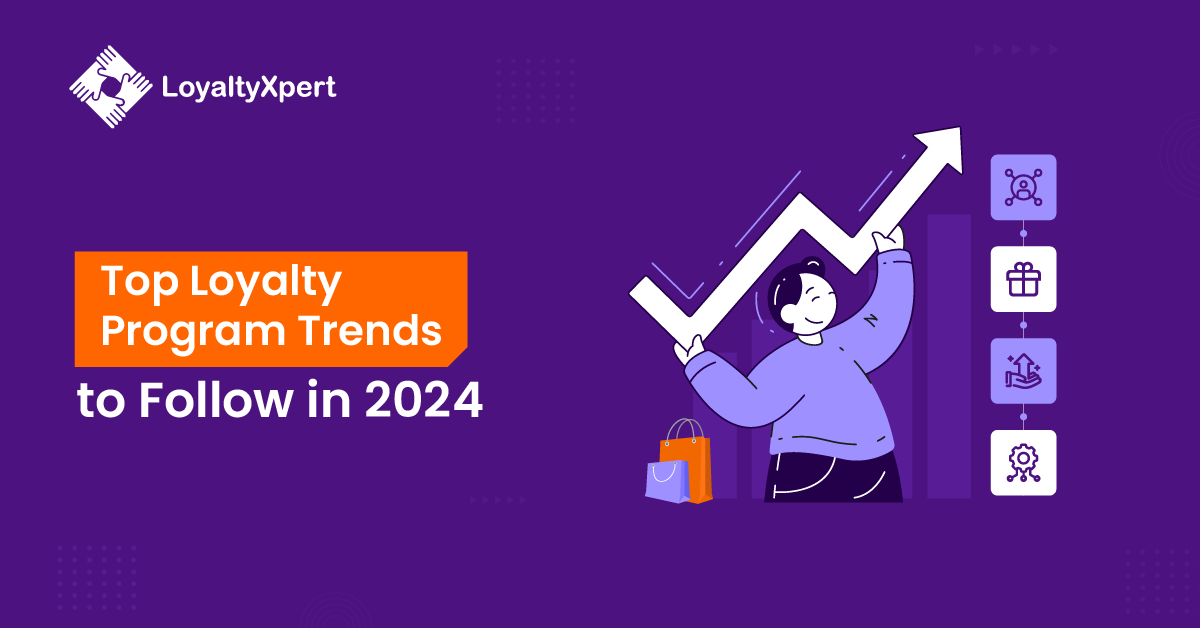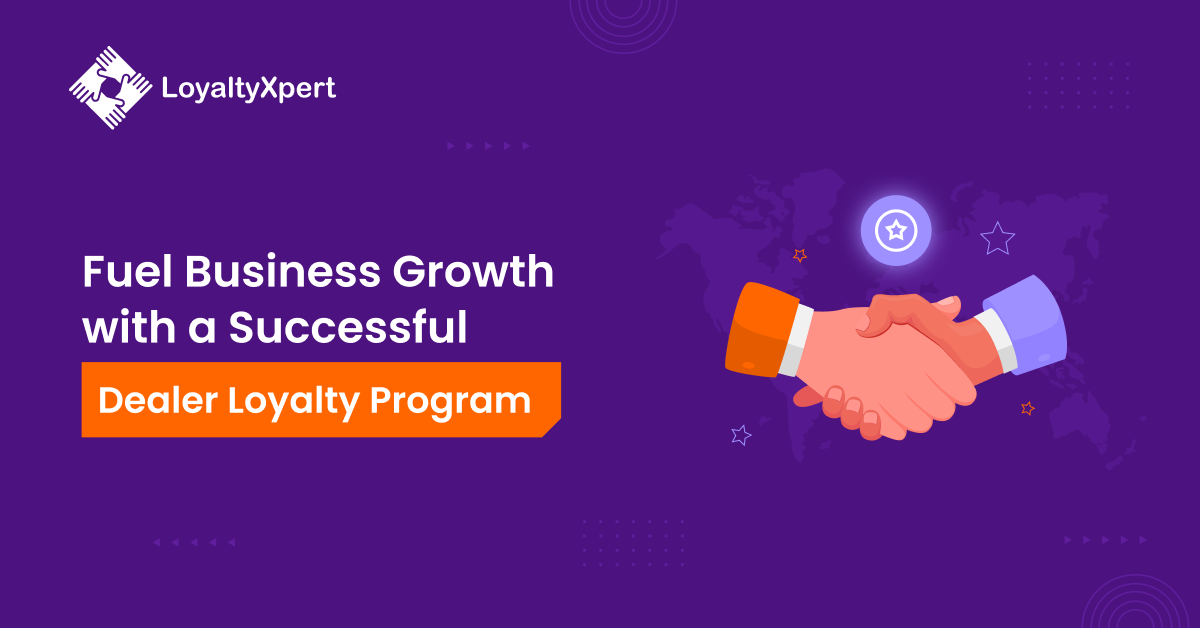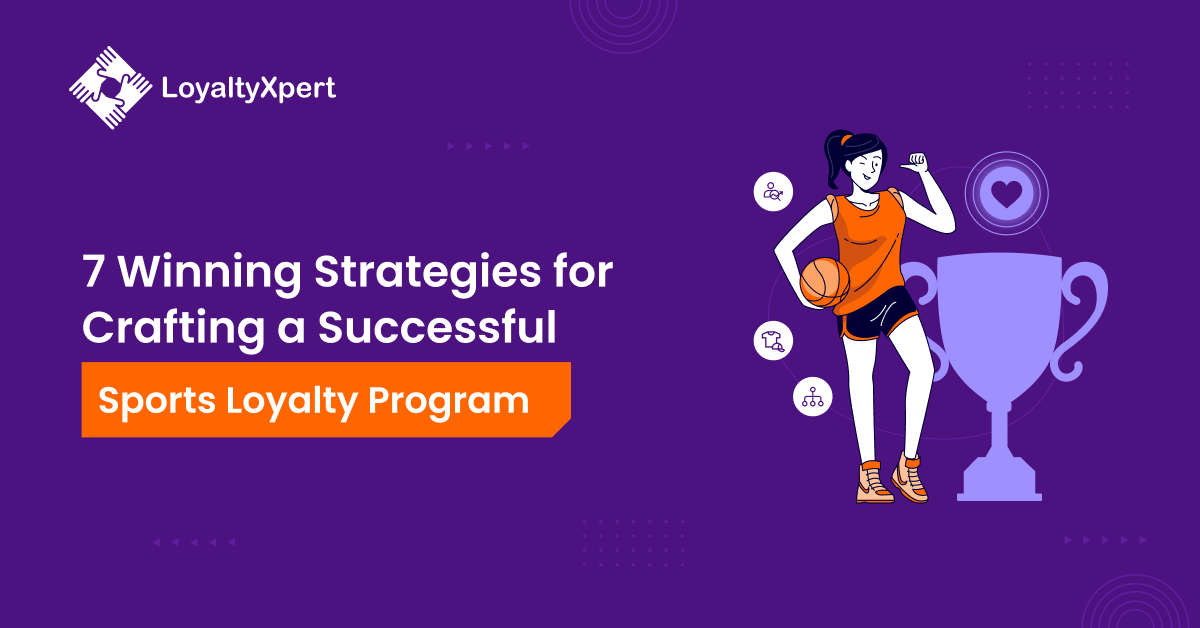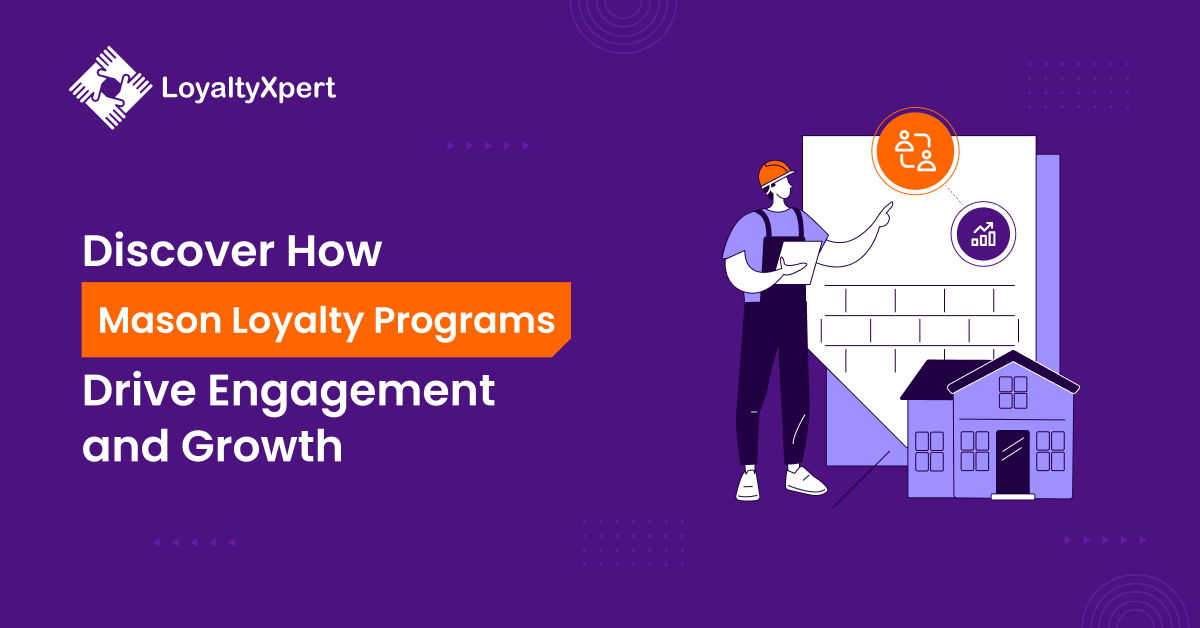
Top Loyalty Program Trends to Follow in 2024
Author
admin
Published on:
Mar 10, 2024
Table of Content
See How Our Loyalty Program Can Help You.
Let us guide you through our product features with Loyalty Experts
Maintaining solid ties with consumers is critical for long-term success. B2B loyalty programs are essential for nurturing connections, increasing customer advocacy, and encouraging recurring business. Any business seeking to succeed in this industry needs to implement Loyalty Programs in the B2B sector. By ensuring your consumers are content and happy, this proven tactic helps you generate a higher percentage of revenue.
Customer loyalty programs are integral to boosting consumer engagement and incrementally enhancing conversion rates. They stand as a vital component within conversion optimization strategies. Loyalty programs can boost repeat business, customer loyalty, and customer retention by providing incentives and awards that entice customers to come back. Furthermore, with technology at the forefront, contemporary loyalty programs allow companies to collect client information, automate program administration, and provide individualized experiences.
Companies struggle with increased competition and growing costs associated with acquiring new customers in the fast-paced commercial world. The difficulty is in effectively growing market share while adjusting to the changing environment. It is essential to strike a balance between competitive advantage and affordable acquisition tactics. This necessitates strategic planning, savvy management, and a deep comprehension of modern business dynamics.
As we have entered 2024, there are many trends to keep up with in the B2B marketplace and one such major trend is the loyalty program trends. The requirements of your corporate customers and how they interact with your business are continually changing, as are customer loyalty trends and brand loyalty trends. In 2024 businesses will need to keep up with these latest loyalty program trends to ensure unflinching customer loyalty.


